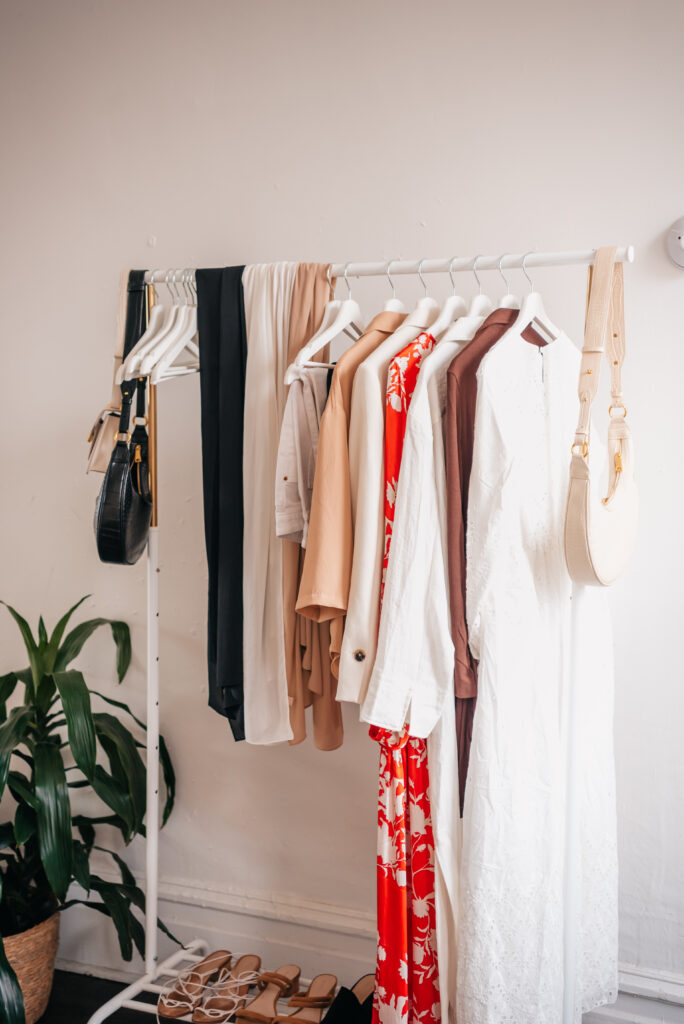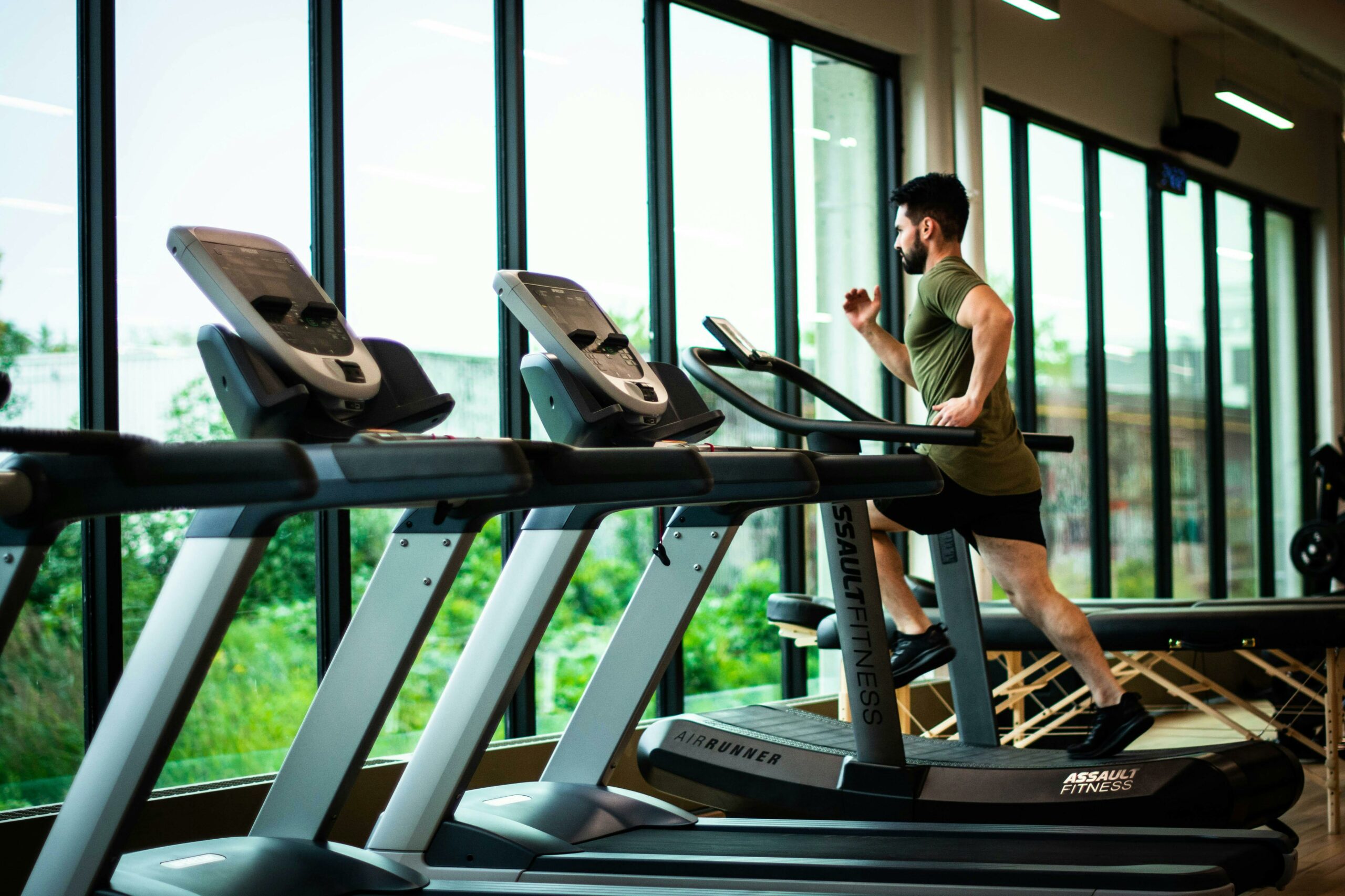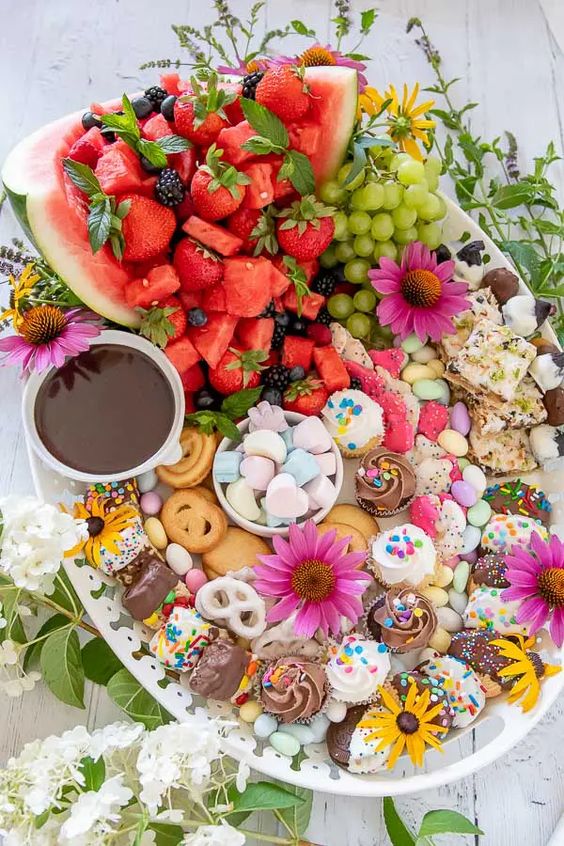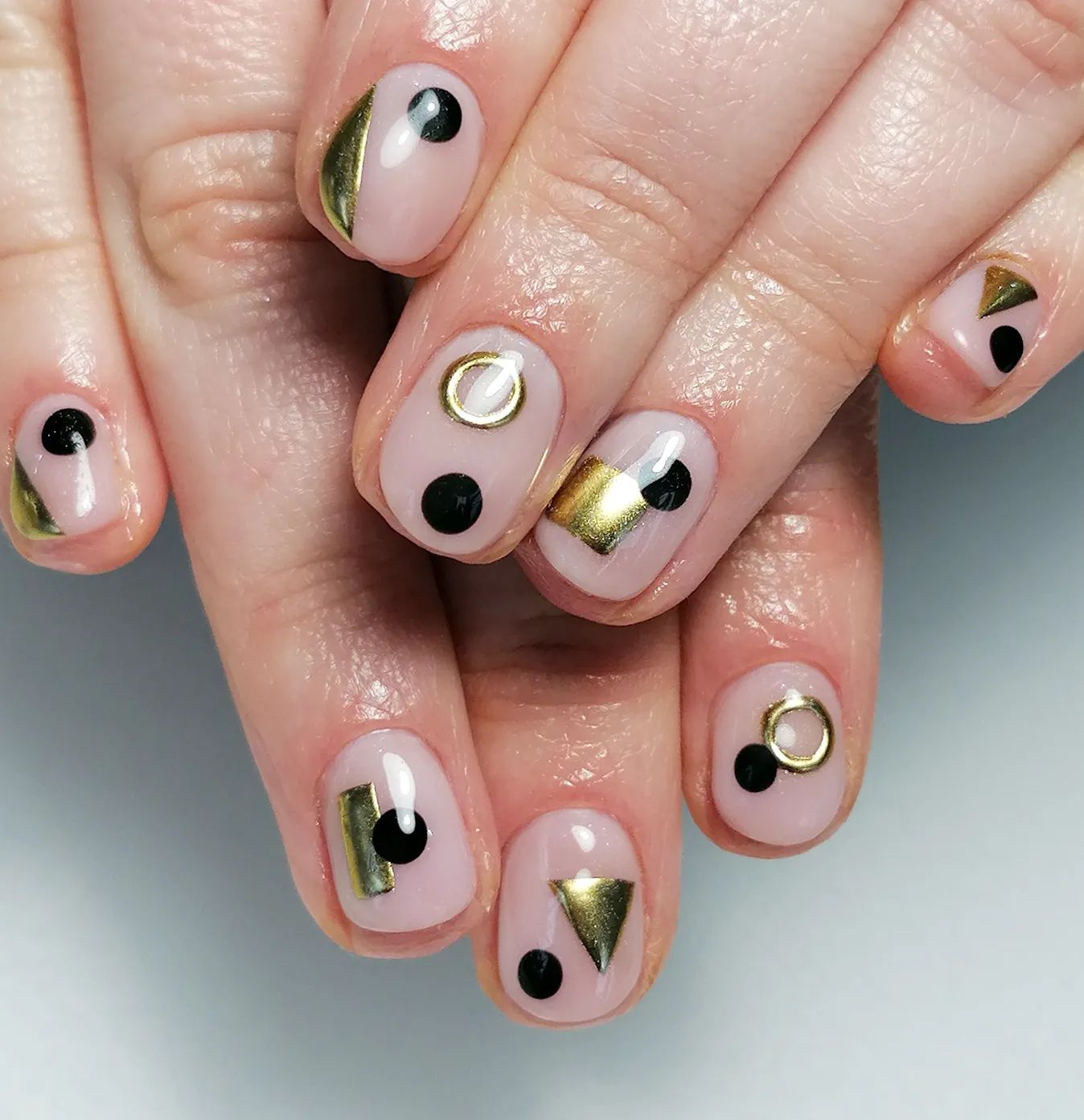We tend to underestimate the role of fabric, although it’s everywhere and shapes our daily lives. Textiles fill an infinite number of roles in our practical, personal, emotional, social, communicative, economic, and aesthetic lives.
Each of us has a fabric we’re passionate about and speaks to us. Needless to say, that choice says a lot about us as people.
Let’s take an example. When walking into someone’s home and seeing furniture like armchairs or sofas made from high-performance fabrics, you get a snapshot of their preferences.
That person likes to keep their house clean and organised. In a home with pets and kids, performance fabrics are ideal.
Some of the oldest fabrics have been traced back to civilisations that existed thousands of years ago. Hence, textile history is as old as human civilisation.
If you’re curious to know how different kinds of fabrics are made, please continue reading. The steps and processes involved in the transformation of fabrics are made might seem mind-boggling. Actually, it’s not that complex.

Cotton
The most widely produced natural fibre on the planet, cotton can be made into various fabrics suitable for wearing apparel, home furnishings, and industrial uses.
The tiny seeds with sticky hooks must be separated from the cotton balls to process for spinning and weaving, and it’s realised via a mechanical process called ginning. Individual fibres are superimposed and twisted around each other to make threads for fabrics.
As a rule, a longer fibre length is preferred. The reason for this is that longer fibres require less overlap and can be woven into finer threads. Equally, size influences stiffness, the manner in which the fibre drapes, and how soft it feels.
Ring spinning is still used in manufacturing because it allows extraordinary flexibility. Standard and special yarns can be produced.
To maximise production, it’s common to try to run the spinning frame as fast as possible without excessive breaks. For higher-quality yarn, carded silver is used as input to a combing machine, strengthening the staple further.
Due to the fibre arrangement, additional Gillings are required to restore the silver to a form appropriate for spinning. Thinner strands are obtained by roving – the cotton has been processed but not yet spun into yarn.
Wool
Depending on the length and fibre diameter, raw wool fibre is transformed into fabric through the woollen or worsted processing system.
The woollen processing system is versatile, which means that it can handle all types of wool. Attention must be paid to the fact that it’s more suitable for shorter wools even if all fibre diameters are used. Woollen manufacturing involves four steps: scouring, carding, spinning, and twisting.
Since it’s the most tolerant of wool types, reprocessed wools can be used to make thick, heavyweight woven or knitted products.
On the other hand, the worsting processing system involves more spinning steps, meaning that the frequency of waves of the wool fibre is removed in the spinning of the yarn.
Viscose
Viscose is relatively affordable to produce and can be used for various clothing items, such as activewear, blouses, jackets, and dresses, to name a few.
There are different types of fabric, including natural and synthetic ones. Viscose looks like silk and feels like cotton. To create the fibres, the viscose pulp is treated with carbon disulphide and dissolved in sodium hydroxide. It’s then filtered and spun into a fine thread.
A spinneret is used in fibre manufacturing. A viscous solution emerges from the spinneret and is solidified by coagulation, evaporation, or cooling. Last but not least, the regenerated cellulose is spun into yarn.
Viscose rayon is used as a substitute for cotton because it has many traits in common. Although it’s not as durable as cotton, viscose is lighter and smoother in feel.
What is more, it’s cheaper to produce. As a plant-based fibre, viscose isn’t fundamentally toxic or polluting. As far as viscose production is concerned, there are two areas of concern, namely the source of the wood pulp and how it’s transformed into usable fabric.
It’s a multi-faceted process, yet retailers play a key role in the problem. More exactly, major players in the fast-fashion market put pressure on manufacturers to produce and distribute clothes.
Silk
Silk is a protein fibre made from the saliva of silkworms. What happens is they spin themselves into a cocoon on the journey to becoming silk moths.
Once the cocoon is complete, the sericulture process involves killing the silkworm by boiling or steaming them alive.
Needless to say, it’s a time-consuming and intricate process. The process of cooking the cocoons triggers a degumming process, which involves the elimination of hydratable and non-hydratable gums.
Sericin proteins are removed from the silk fibre, so the cocoons become smoother in texture. Simply put, removing the gum enhances the sheen, colour, hand, and texture of the silk.
Burlap
Burlap, which is made of jute (or hemp), has a coarse texture and comes in handy for all sorts of outdoor projects.
In the mill, the strips of jute are transformed into burlap you can purchase at your local crafts store. Various lots of fibres are mixed to produce a homogenous mass.
The yarn is treated and pressed to remove bulkiness and thinned, after which the fibres are twisted and spun. In the end, it undergoes roving, the final step before felting. The dimensions of the material can vary, which means it can be adapted to various projects.
Burlap fibres are thick and stronger as compared to other materials. With the advent of synthetic fibres, burlap production slowed down in the second half of the 20th century.
Nevertheless, in the early 21st century, burlap production picked up the pace, and plant fibre became a major economic factor.
The manufacturing process largely depends on the final end-use product. The fibres are usually drawn into a sliver or loose, untwisted parallelised band.
When the sliver is formed, the fibres are drawn out and twisted in a spinning unit.
Ultimately, this isn’t an exhaustive list. If you want to know how linen, polyester, spandex, nylon, suede, leather, or chenille are made, do your homework.
And don’t forget about performance fabrics. Both stain-resistant and long-lasting, they’re built on detailed knowledge.






